Rajasthan Switch to Hindi
Admissions of Poor Children on Priority in New Academic Session
Why in News?
The Rajasthan government has taken up the admissions of children from underprivileged sections in private schools under the Right to Education (RTE) Act 2009 on priority for the next academic session.
Key Points
- According to the sources, over 3.08 lakh children had applied for admissions to 31,857 private schools in the State.
- 25% of the seats in the private schools would be filled up with the students belonging to weaker sections of society.
- The Directorate of Elementary Education has made a provision for RTE admissions to the pre-primary classes and Class 1 in the schools, while fixing the age limit for the two categories.
- The children from three to four years of age are admitted to pre-primary classes and those between six and seven years are eligible to get admission to Class 1.
- A large number of private schools in the State have expressed concerns about the admission of students to the pre-primary classes, as the category was added in 2023-24 without any clear guidelines for payment of fees by the government for three years until a student is promoted to Class 1.
Right to Education (RTE) Act, 2009
- The Right to Education Act (RTE), 2009 provided free and compulsory education to children in 2009 and enforced it as a fundamental right under Article 21-A.
- The RTE Act, 2009 aims to provide primary education to all children aged 6 to 14 years.
- Section 12(1)(c) mandates that non-minority private unaided schools should reserve at least 25% of seats in entry-level grades for children from economically weaker and disadvantaged backgrounds.
- It also makes provisions for a non-admitted child to be admitted to an age appropriate class.
- It also states about sharing of financial and other responsibilities between the Central and State Governments.
- Education in the Indian constitution is a concurrent issue and both centre and states can legislate on the issue.
- It lays down the norms and standards related to: Pupil Teacher Ratios (PTRs), Buildings and infrastructure, School-working days, Teacher-working hours.
- It also provides for prohibition of deployment of teachers for non-educational work, other than decennial census, elections to local authority, state legislatures and parliament, and disaster relief.
- It provides for the appointment of teachers with the requisite entry and academic qualifications.
- It prohibits
- Physical punishment and mental harassment.
- Screening procedures for admission of children.
- Capitation fee.
- Private tuition by teachers.
- Running of schools without recognition.
- It focuses on making the child free of fear, trauma and anxiety through a system of child friendly and child centered learning.
Rajasthan Switch to Hindi
Semal Trees
Why in News?
Semal trees are disappearing from south Rajasthan, launching a cascade of adverse consequences for forests and people in the area.
Key Points
- Large quantities of semal are cut in southern Rajasthan, in places like Bhil and Garasia, and sold in Udaipur.
- The cutting violates many laws, from the Rajasthan Forest Act, 1953 to the Forest (Conservation) Act 1980.
- Semal is an integral species that holds the forest ecosystem together. The rock bees nestle on its branches because the tree’s spikes keep its predator, the sloth bears, away.
- Members of tribal communities consume the tree’s reddish root for food during the monsoons. Larvae of the moth Bucculatrix crateracma feed on its leaves.
- The golden-crowned sparrow weaves the lining of its nests with white cotton from its seeds.
- The Dysdercus bugs, the Indian crested porcupine, Hanuman langurs, and some other species feast on the nectar in its flowers.
- The Garasia tribe in the area also believe they are descended from semal trees. The Kathodi tribe use its wood to craft musical instruments while those of the Bhil use it to make utensils.
Semal trees
- Also known as the silk cotton tree and Bombax Ceiba, the Semal tree is a large, fast-growing tree native to India.
- It is known for its distinctive, spiky red flowers and its fluffy seed pods, which contain a cotton-like substance that was once used for stuffing pillows and mattresses.
- The tree is prized for its ornamental value and is often grown in parks and gardens.
Indian Crested Porcupine
- Scientific Name: Hystrix indica
- Geographical Range: It is found throughout southeast and central Asia and in parts of the Middle East, including such countries as India, Nepal, Bhutan, Bangladesh, Sri Lanka, Pakistan, Israel, Iran, and Saudi Arabia.
- Behaviour:
- Nocturnal creatures that spend around 7 hours foraging every night.
- Live in natural caves or excavated burrows.
- Predators include large cats, wolves, hyenas, and humans.
- Conservation Status:
- IUCN Status: Least Concern (LC)
- Wildlife Protection Act 1972: Schedule IV





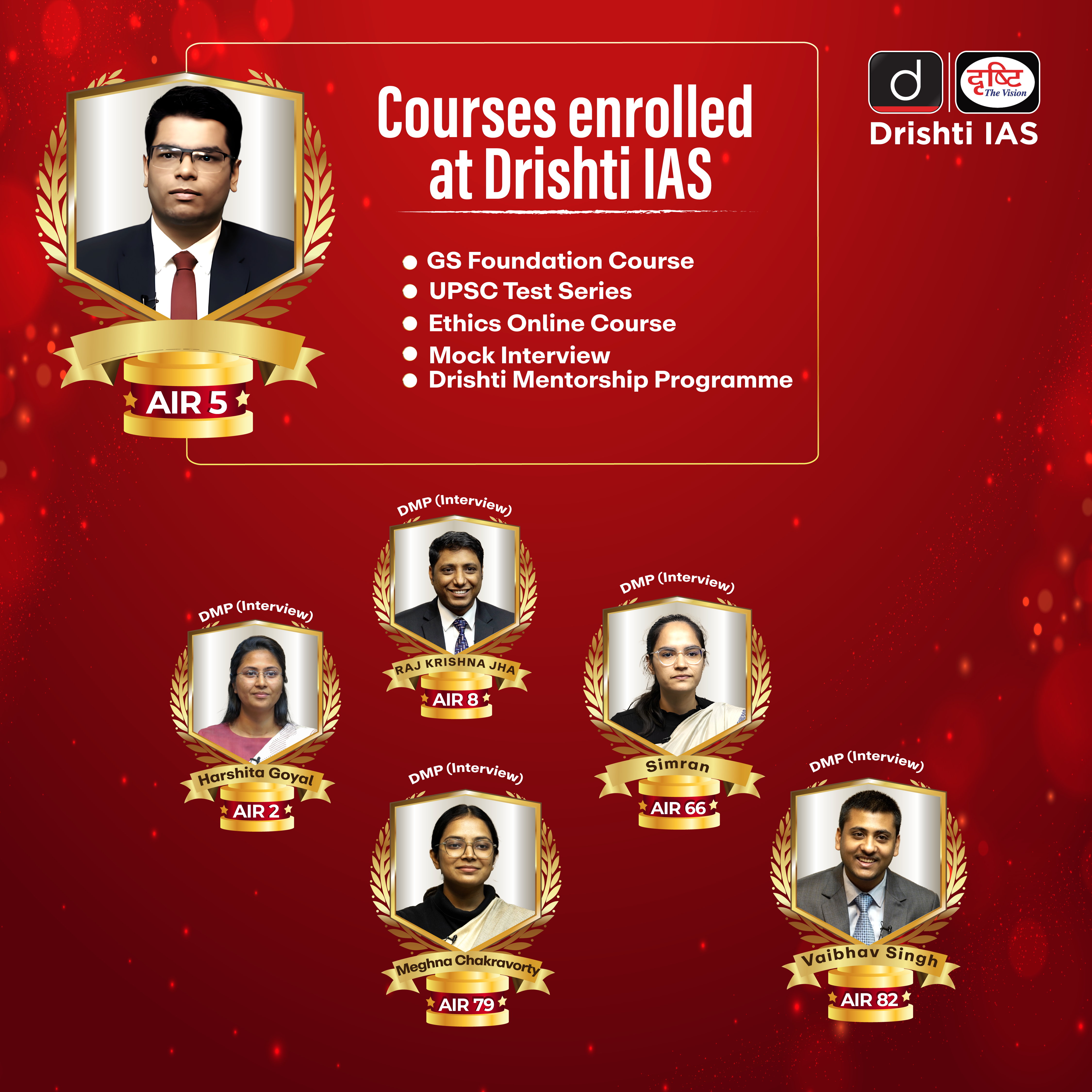

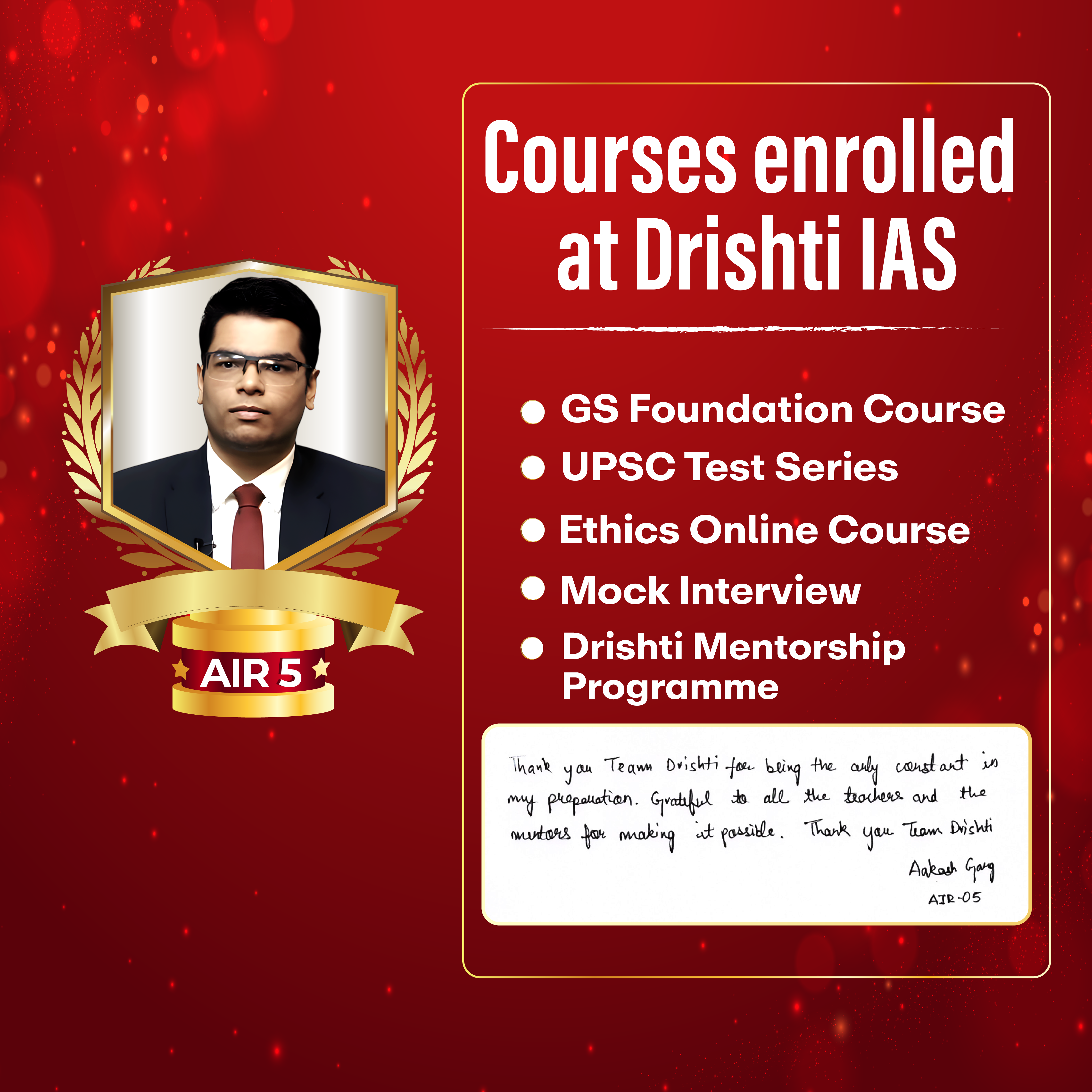
%20MPPCS%202025%20Desktop%20E.jpg)
%20MPPCS%202025%20Mobile%20E%20(1).jpg)

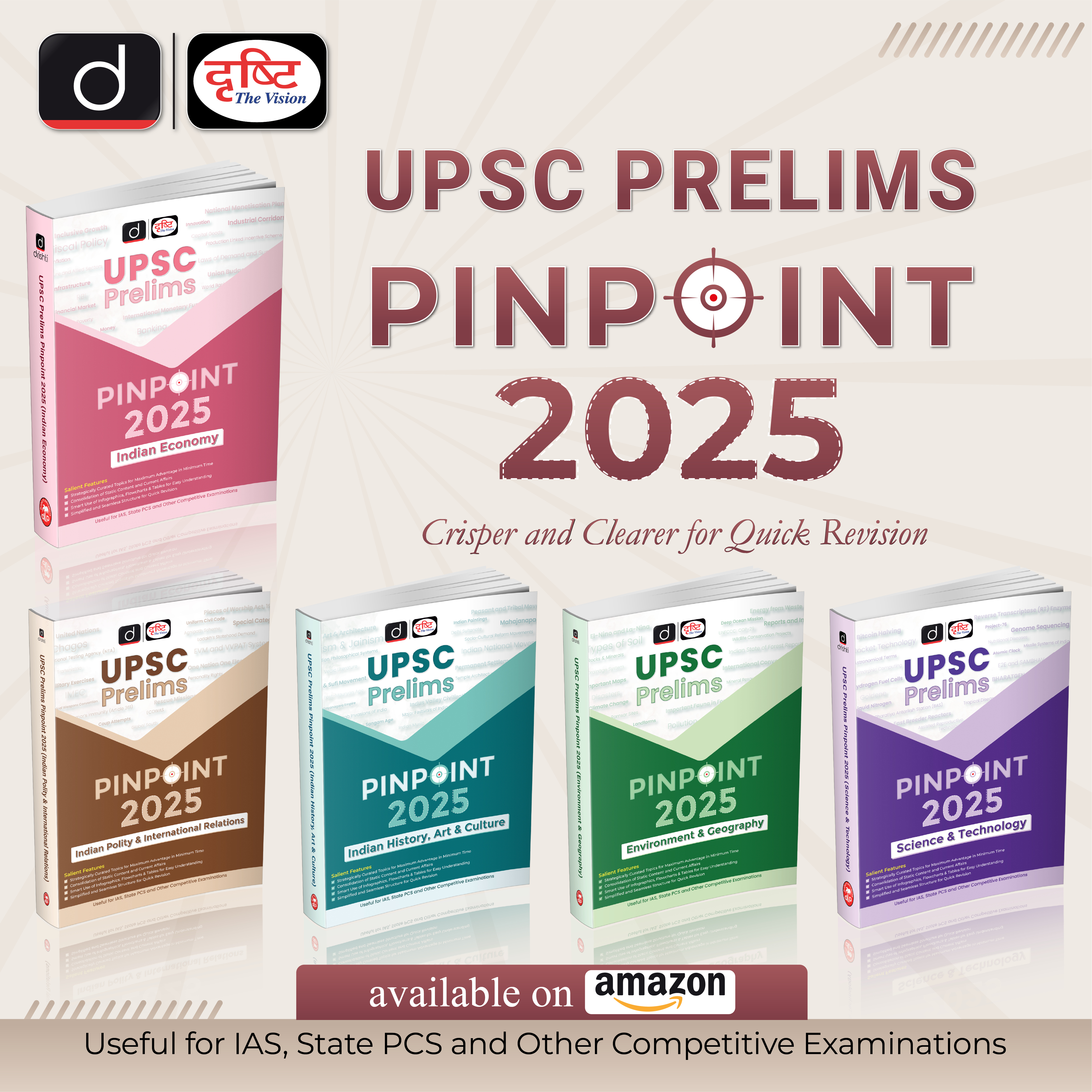








.png)
.png)





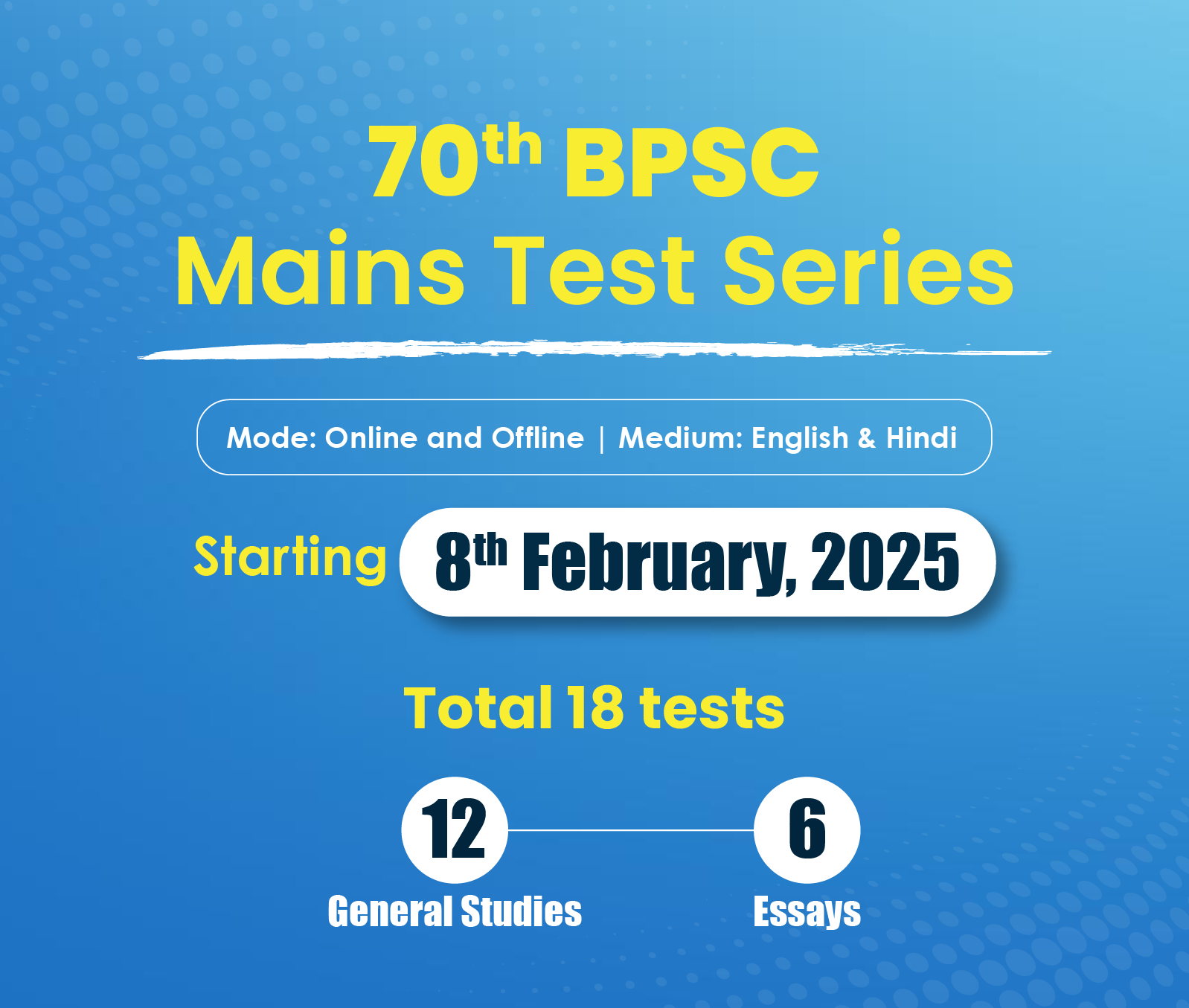





 PCS Parikshan
PCS Parikshan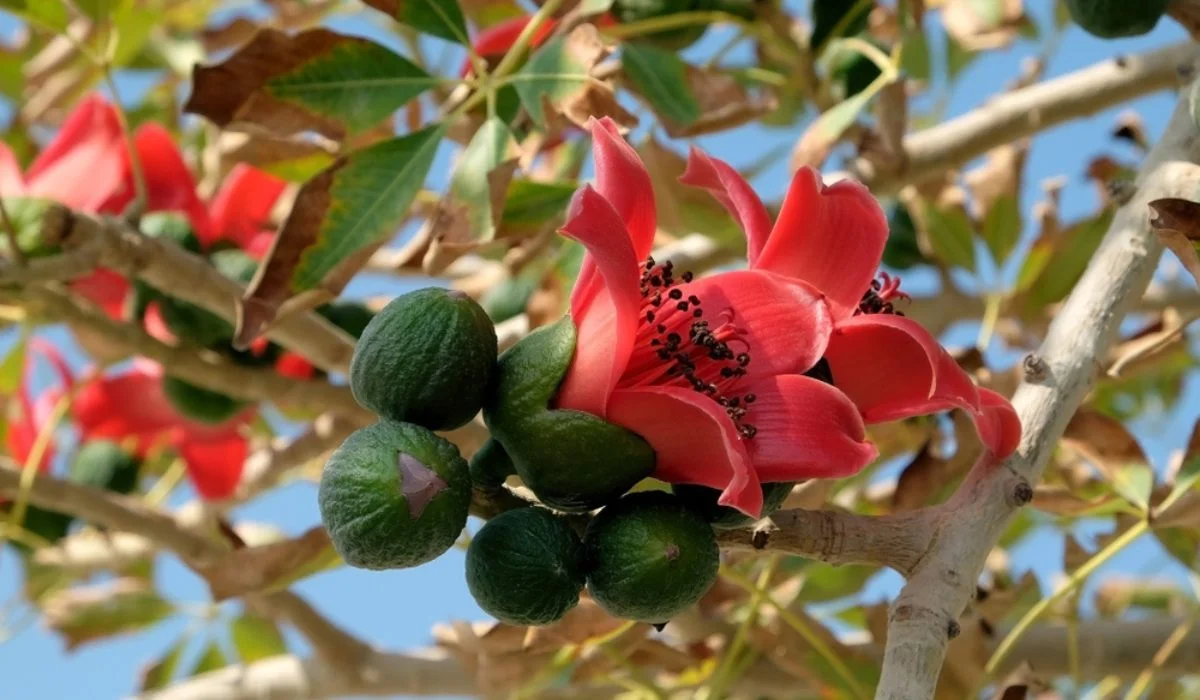
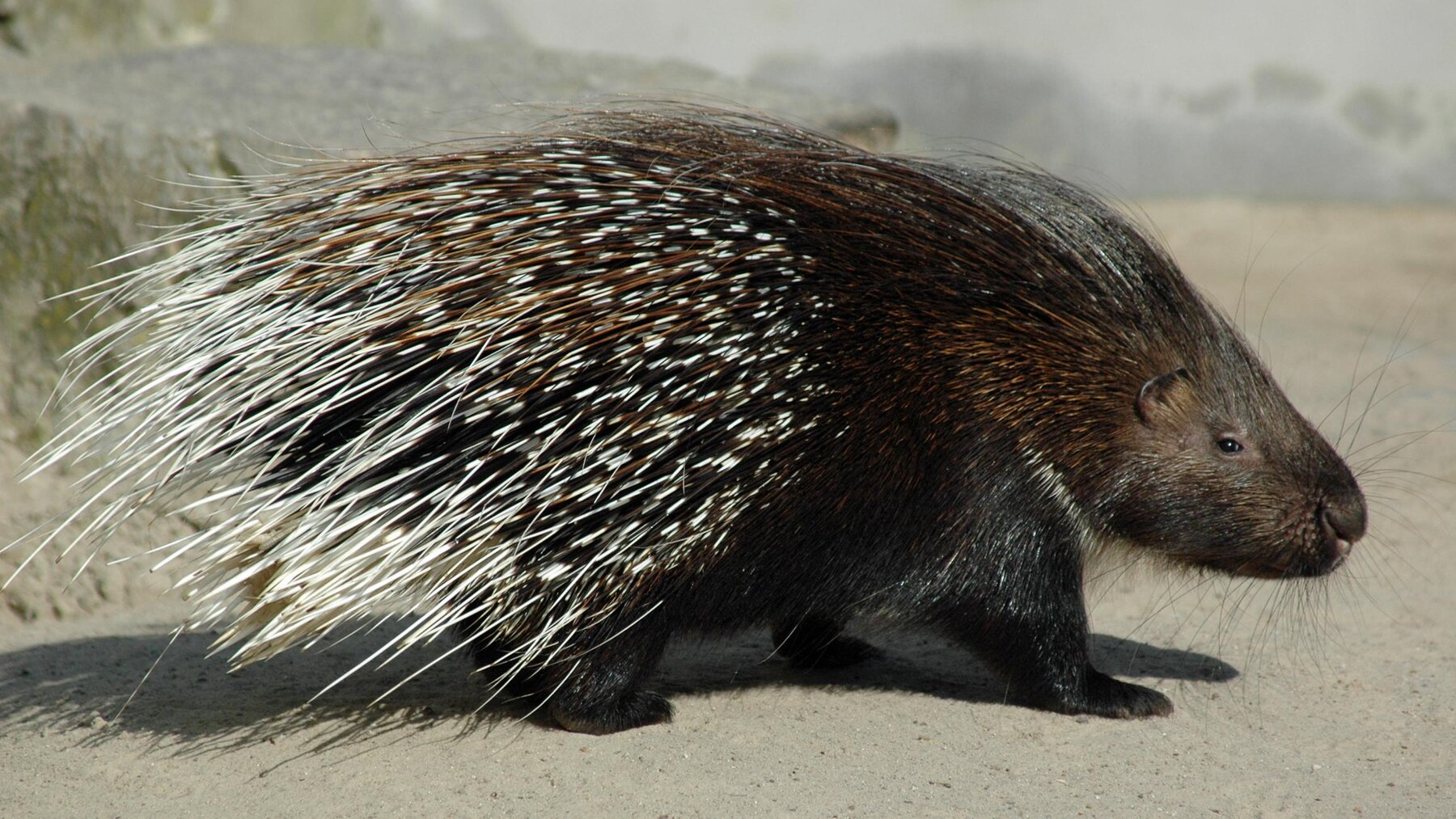



-min.jpg)